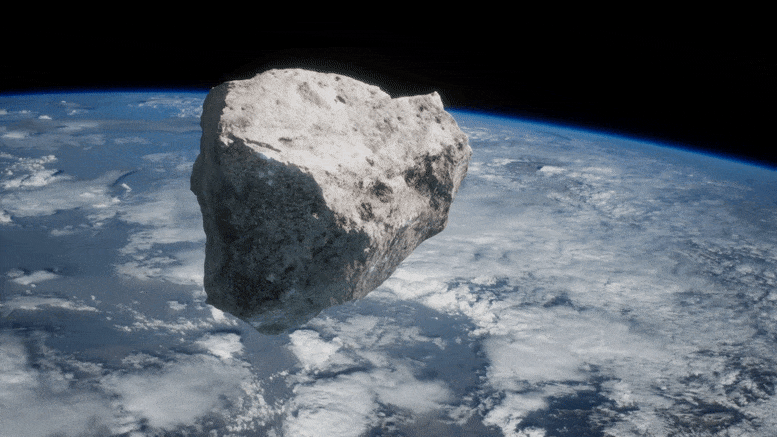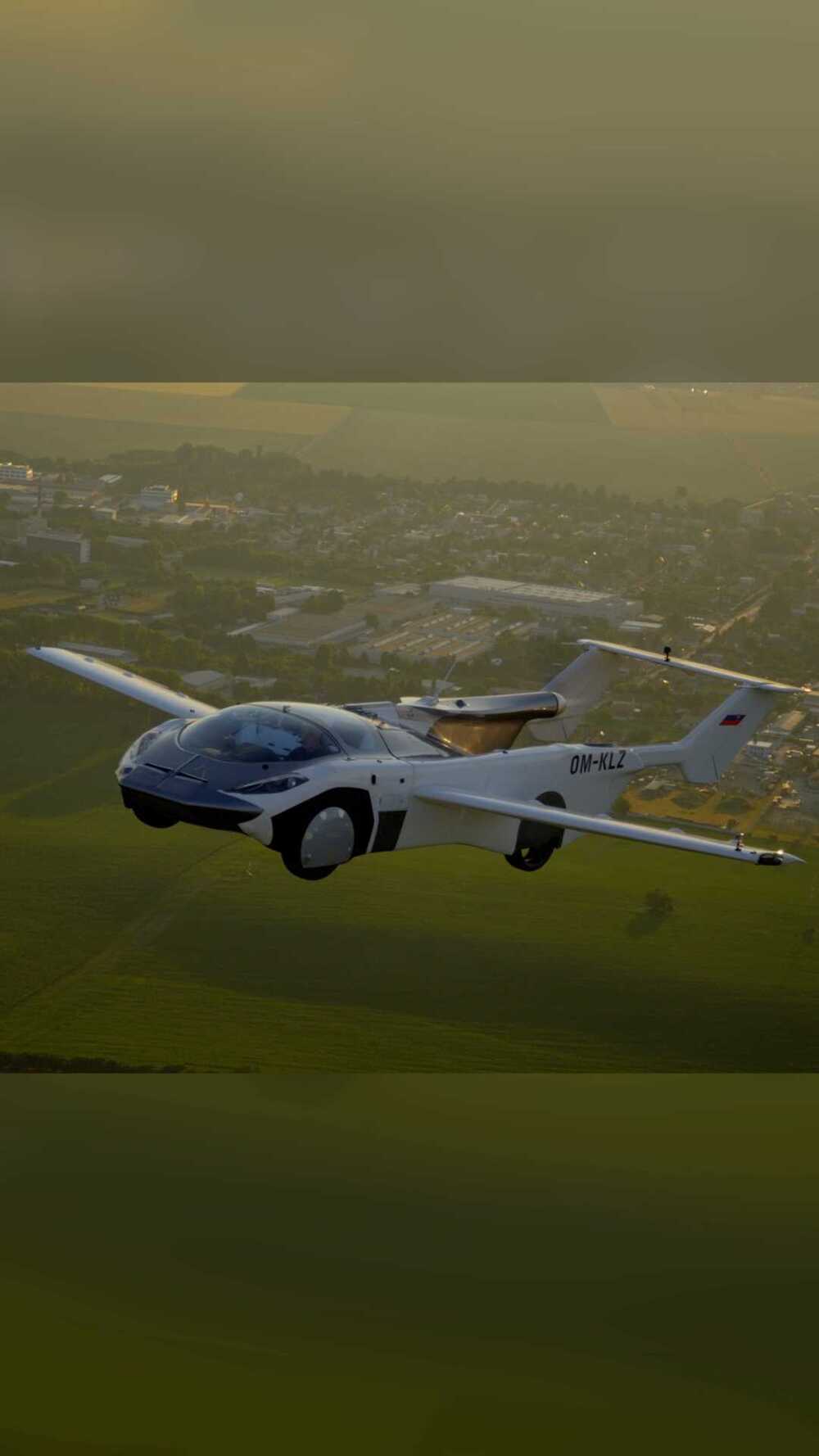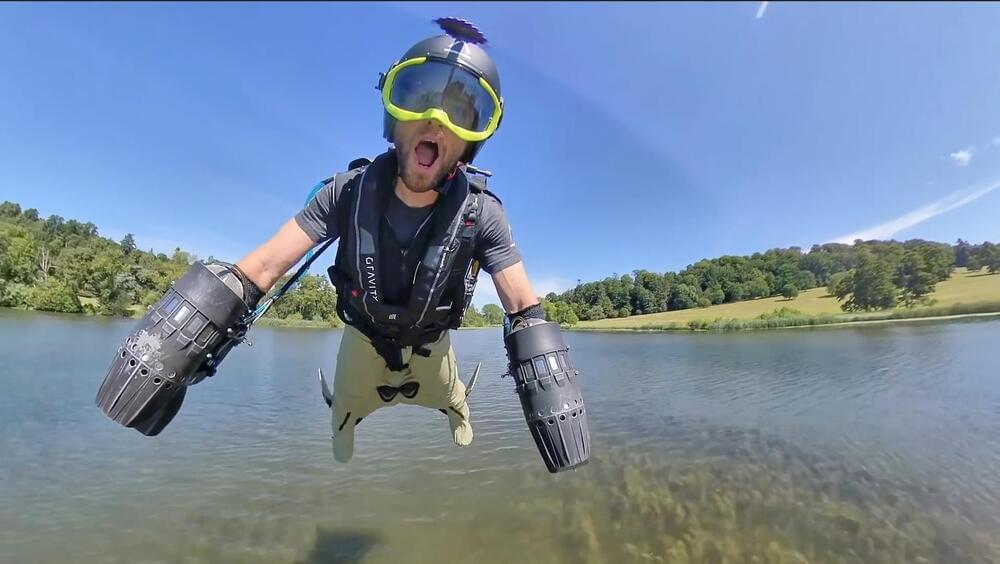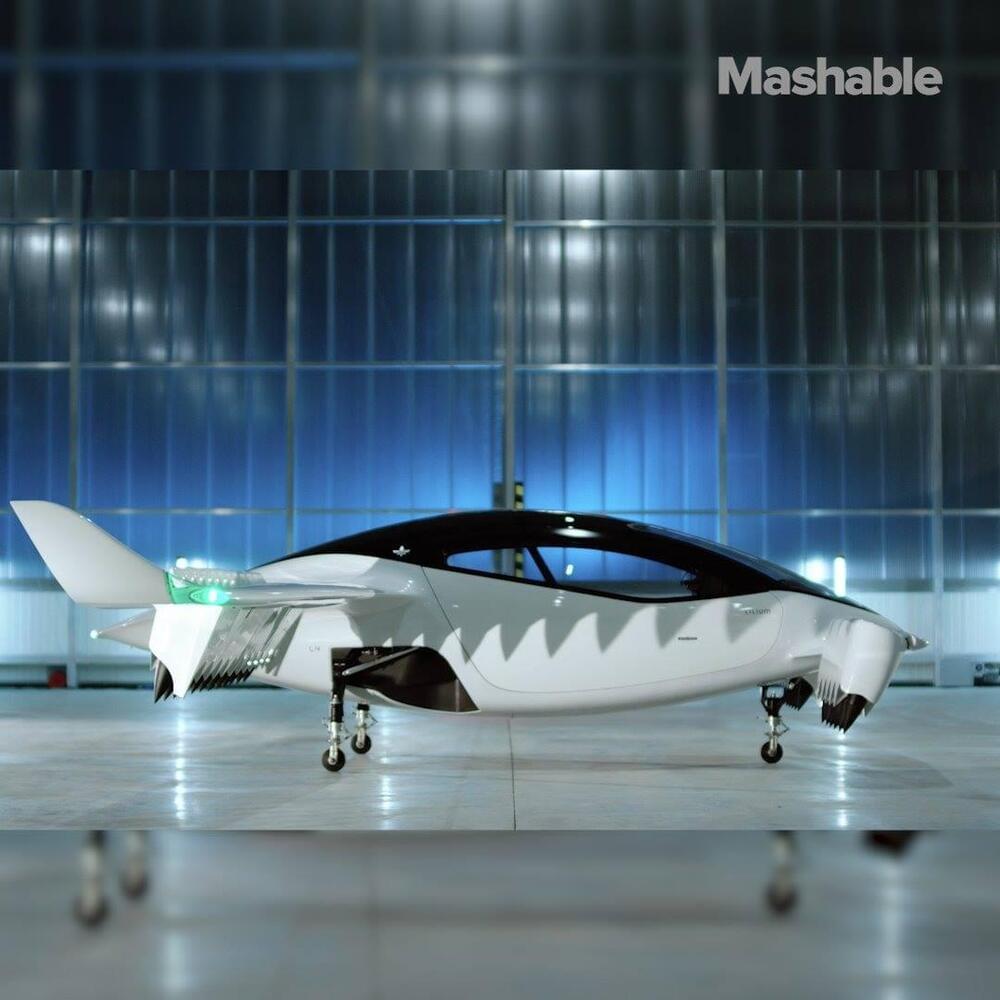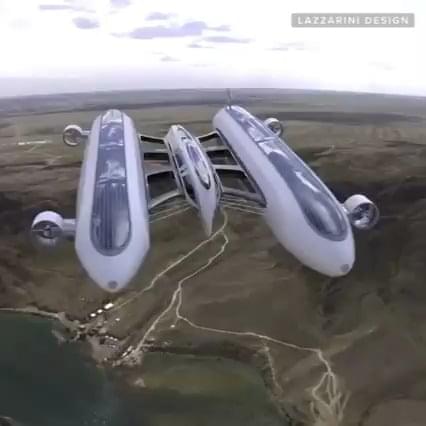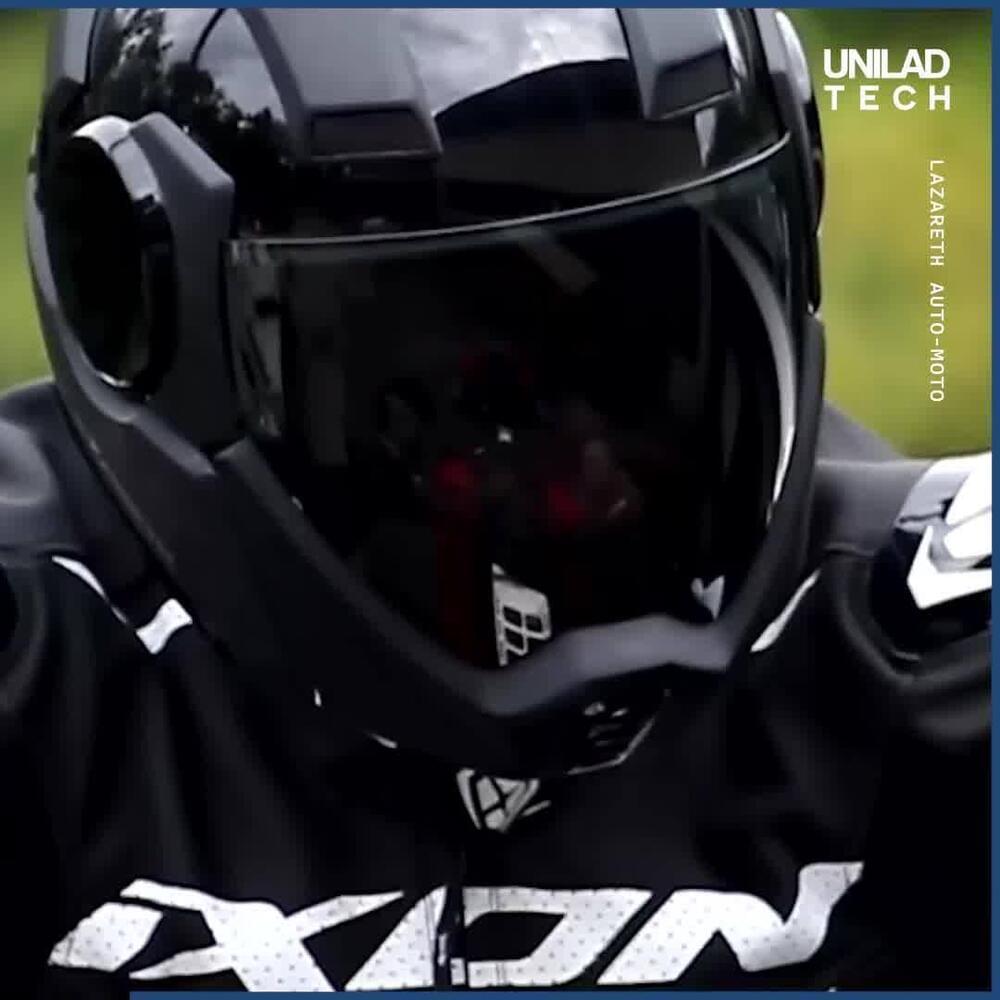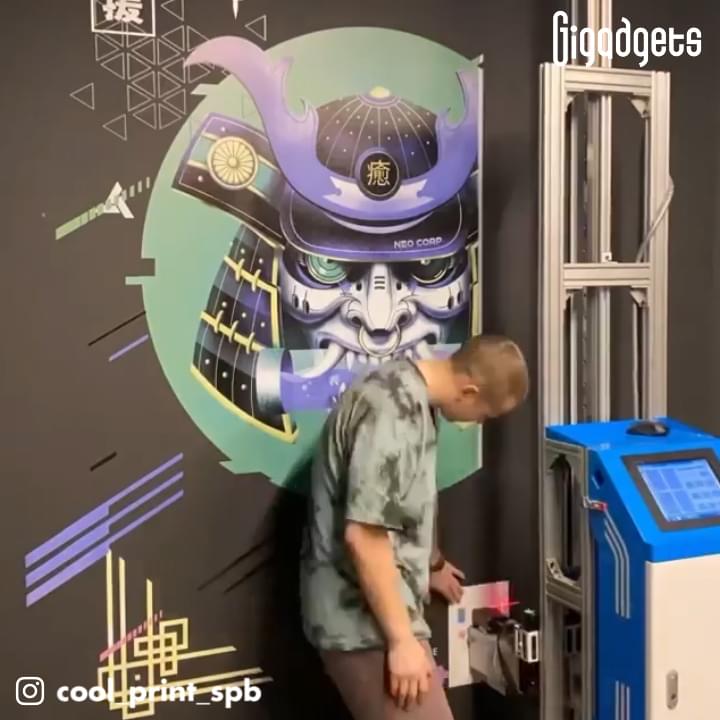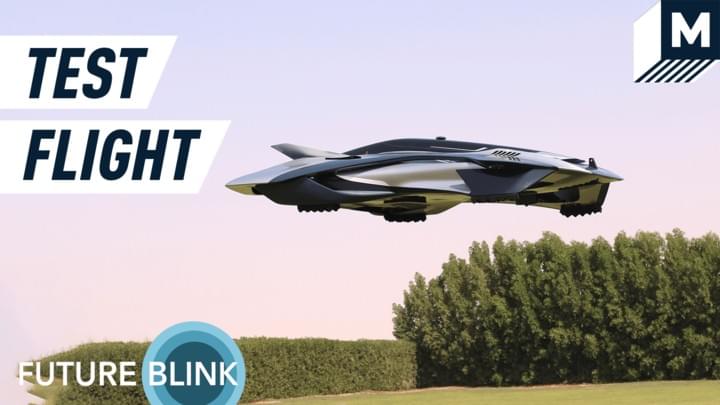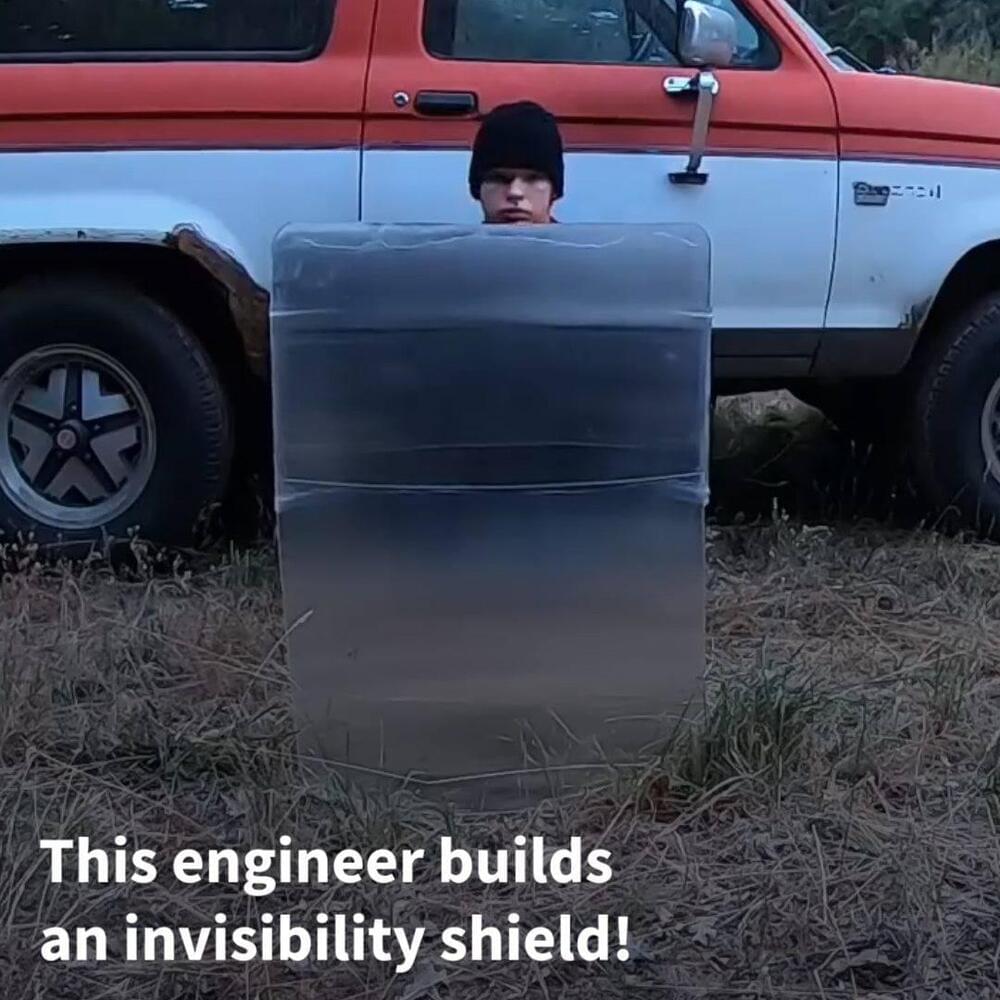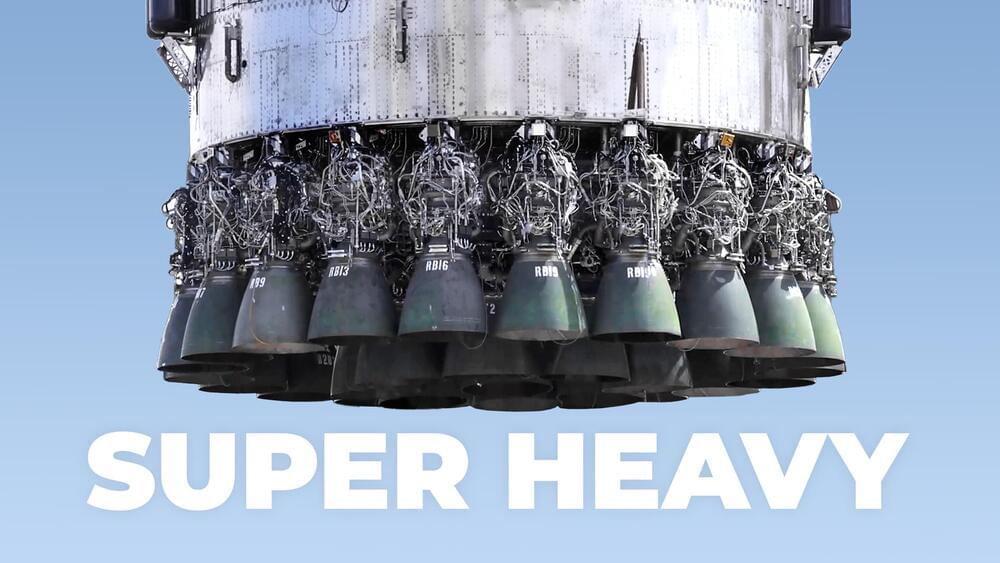For a few tense days this January, a roughly 70-meter asteroid became the riskiest observed in over a decade. Despite the Moon’s attempt to scupper observations, the asteroid is now known to be entirely safe.
Initial observations of an asteroid dubbed ‘2022 AE1’ showed a potential Earth impact on July 4, 2023 – not enough time to attempt deflection and large enough to do real damage to a local area should it strike.
Worryingly, the chance of impact appeared to increase based on the first seven days of observations, followed by a dramatic week ‘in the dark’ as the full Moon outshone the potential impactor, ruling out further observations. As the Moon moved aside, the skies dimmed and ESA’s Near-Earth Object Coordination Centre (NEOCC) took another look, only to find the chance of impact was dramatically falling.
